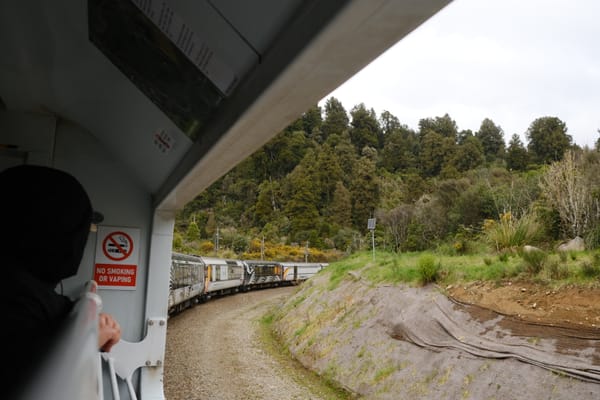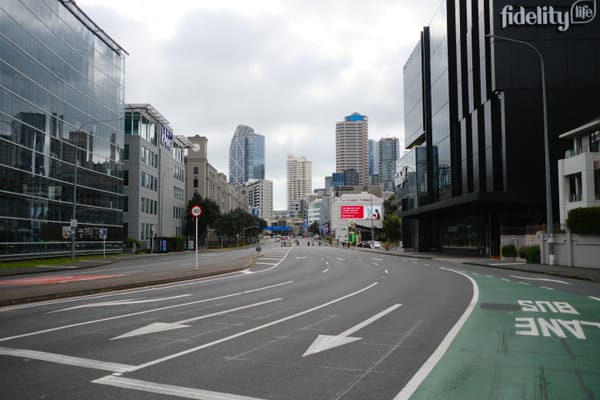The five infuriating truths of Air New Zealand’s decision to scrap its carbon targets

I have some really fun and uplifting local stories coming. I promise. But I couldn’t let this go.
Two years ago, Air New Zealand announced they were going to reduce their carbon pollution by 16.3% by 2030, using a mix of sustainable aviation fuel, efficient planes, and moonshot technologies.
On Tuesday, they said their goal wasn’t feasible, scrapped their target, and pulled out of the organisation they joined to reduce carbon emissions.
My first reaction, as I’m sure is true with many people, was disappointment and anger. So I started looking into the whole situation. I found five infuriating truths about eliminating carbon from flying.
Infuriating Truth 1: Aviation is one of the hardest industries to make net zero.
Cutting carbon pollution out of flying, especially international flights, is hard. Really hard.
Jet fuel is a remarkably potent fuel – it stores a ridiculous amount of energy in not that much weight. It’s because of this that the world has 19 hour non stop flights between Auckland and New York. To replace it, there aren’t many feasible options.
Batteries hold less energy per kilogram of weight, meaning planes will weigh significantly more to get the same amount of power. Electric planes would also need to carry that weight the entire time, unlike jet fuel. These facts make electric planes harder to fly internationally, and shortens their maximum distance. Electric planes, at least as they are right now, aren’t realistic for international flights.
Another alternative is biofuels. That’s fuel made with plants, which can be used in existing jets but pollutes less than regular jet fuel. Air New Zealand was relying on a lot of that to reach its target, but Air New Zealand says it’s too expensive now to reach its goal.There’s also severe doubt that biofuels are even possible to fully replace jet fuel by 2050.
The last alternative is hydrogen powered planes. Hydrogen fuel is made with electricity and burnt to make energy. The only emissions from hydrogen is water, so the pollution only comes from the electricity to make it.
The problem is twofold. First, green hydrogen is wildly inefficient compared to batteries. Up to 80% of the energy used to create hydrogen is lost when making it. It’s also such a new technology that it’s not even close to being commercially viable. It might get there before 2050 but it is a moonshot in the next six years.





